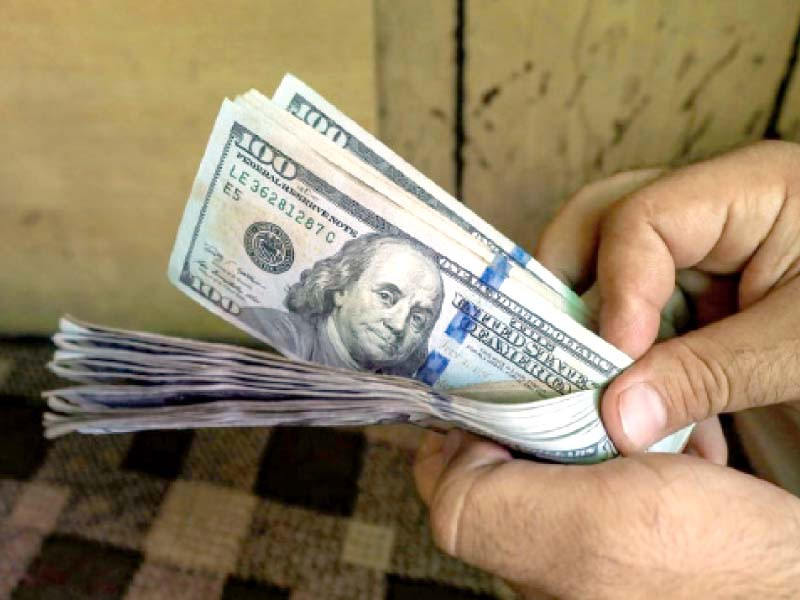
The Pakistani rupee has exhibited a gradual decline over the past two working days, hinting at an increase in demand for the US dollar, which could soon surpass the available supply within the domestic economy.
Data from the State Bank of Pakistan (SBP) reveals that the domestic currency depreciated by 0.11%, or Rs0.31, reaching Rs279.43 against the US dollar in the interbank market on Tuesday.
The cumulative depreciation in the rupee amounts to approximately 0.22%, or Rs0.63, over the past two days, suggesting that the currency may stabilise at around Rs280 per US dollar in the near term.
The rupee has been showing signs of renewed depreciation for about a week now. In the six weeks prior to this, it experienced a remarkable rally, gaining 11% or over Rs30, reaching a three-month high at Rs276.83 per US dollar compared to its record low of Rs307.10 in the first week of September 2023.
Market discussions indicate that the demand for foreign currency has been steadily increasing, driven by expectations of economic growth between 2-3% in the fiscal year 2023-24, compared to just 0.3% in FY23. This suggests that imports may rise to support growth in the remaining months of the current fiscal year.
In the open market, the local currency depreciated by 0.17%, or Rs0.50, to reach Rs281 per US dollar, according to the Exchange Companies Association of Pakistan (ECAP).
The difference between the rupee-dollar exchange rates in the two markets has gradually widened to Rs1.57. However, this is in line with the International Monetary Fund’s (IMF) recommended level of 1.25%, which is roughly Rs4 at current levels.
Experts have projected that the Pakistani currency is likely to depreciate to around Rs290-300 per US dollar by the end of December 2023 due to increased demand for the foreign currency for imports and repaying maturing foreign debt.
They anticipate that growth will gain momentum from January 2024 onwards, as inflation is expected to significantly decrease in the second half (January-June) of FY24, and the central bank is likely to reduce the benchmark policy rate during that period.
Published in The Express Tribune, October 25th, 2023.
Like Business on Facebook, follow @TribuneBiz on Twitter to stay informed and join in the conversation.


1732274008-0/Ariana-Grande-and-Kristin-Chenoweth-(1)1732274008-0-165x106.webp)















COMMENTS
Comments are moderated and generally will be posted if they are on-topic and not abusive.
For more information, please see our Comments FAQ